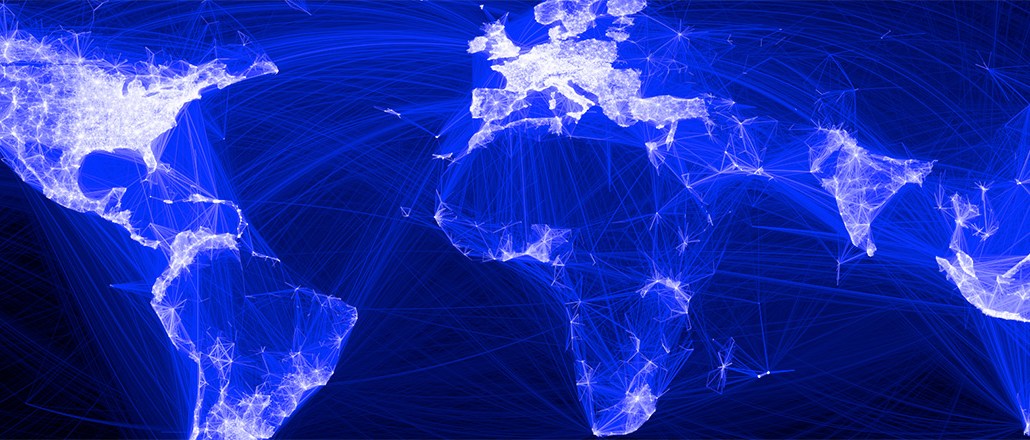
Facebook’s accidental inflation of average video watch time will be used by advertisers as a bargaining chip to pressure Facebook into opening its platform to more third-party measurement providers.
In fact, it has already begun. Last Friday, the Association of National Advertisers’ CEO, Bob Liodice, published a blog post calling on Facebook to have its metrics audited and accredited by the Media Rating Council. These are “table stakes” for digital advertising, he said. “ANA does not believe there are any pragmatic reasons that a media company should not abide by the standards of accreditation and auditing.”
Facebook’s error was in miscalculating how it measured average video watch time on its platform. Instead of dividing total time spent by the number of times the video played, Facebook divided total time spent by number of three-second views — meaning the metric did not include any time a video started but did not pass the three-second threshold.
GroupM, which claims to be responsible for a third of global ad spend, said Facebook’s mistake “further emphasizes the importance and need for third-party verification of all media — not only to verify trading terms but also to verify performance.”
Multiple agency executives, speaking on the condition of anonymity because Facebook still makes them nervous, said clients have approached them about Facebook’s error to ask how big of a screw-up it actually is. Many agency executives privately say the mistake isn’t that big of a deal, but they also believe it’s going to be brought up at every meeting with Facebook. That’s because Facebook arguably holds more power over the ad world than any media company has. Advertisers, used to holding all the leverage, are often left in the uncomfortable role as supplicant.
Here’s where it gets tricky: Facebook’s gaffe hasn’t affected ad spend because average video watch time is not a billable metric on the platform. Advertisers usually pay for campaigns based on metrics such as cost per completed views and 10-second views. Where Facebook’s screw-up is potentially problematic, according to multiple agency executives, is if brands made broader video investment decisions based on time spent on the platform. One agency CEO estimated less than 20 percent of advertisers consider time spent as a key metric in determining where to allocate spend.
“It’s not that we were being billed or charged incorrectly,” the agency CEO said. “The issue is when clients are making decisions based on [time spent] information.”
Facebook’s mistake was certainly the talk of Advertising Week as even other social platforms were questioned about the need for more openness and transparency in measurement. Both Snapchat and Twitter took the time to boast about their partnerships with various third-party data vendors.
To be sure, Facebook has already opened its doors to some third-party measurement vendors, including Moat, comScore Nielsen and Integral Ad Science. What these advertisers want is more, with Facebook relinquishing some of the control it has gained from being one of the two biggest players — alongside Google — in digital advertising. The company made $6.2 billion in digital ad revenue in the second quarter alone.
For its part, Facebook released a statement saying it’s “currently in dialogue with the ANA about how we can work more closely together. Trust and transparency with our partners are paramount to the operation of our company. Our focus has always been on driving business results for our clients, and we strongly believe in third-party verification.”
“Facebook is on the back foot,” said the agency CEO. “I do see this is as a watershed moment to use this to strong-arm Facebook into adopting the MRC’s credentials.”
Other agency executives are not convinced, pointing back to how little the video-watch-time metric actually mattered in deal negotiations. It’s much ado about nothing, they say.
“The biggest story here is how badly the big holding companies are dying for leveraging; they will do anything to get the upper hand against Facebook,” said another agency CEO. “They want third-party measurement so they can charge more for every third-party system they can integrate into their margins. ‘Instead of 5 percent, we get 6 percent because we’ve added Moat.’”
Ultimately, all agency execs agreed that Facebook’s flub wasn’t big enough to bring about sweeping changes to how the social giant conducts business.
“Google is the exact same way with marketers and this has been going on forever,” said an agency executive. “Those are the two that you just can’t mess with. They will add some third-party vendors for measurement, which they’ve already been doing for PR purposes and posterity’s sake. That’s all good and well, but it won’t materially change anything.”
“We need a bigger problem,” added the veteran media buyer. “If they were misrepresenting total impressions, that’s one thing. This is not a big enough error to drive anything.”
More in Marketing

The definitive Digiday guide to what’s in and out for advertising in 2026
Here’s the definitive guide to what’s in and out in 2026.

‘Less pitching, more listening’: What Amazon is really doing at CES
Amazon’s ad execs come to CES for their annual reality check.

After watching X’s ownership issues play out, marketers brace for TikTok whiplash in 2026
TikTok’s ownership drama has echoes of X (formerly Twitter), but ad performance has kept marketers for fleeing—for now.





